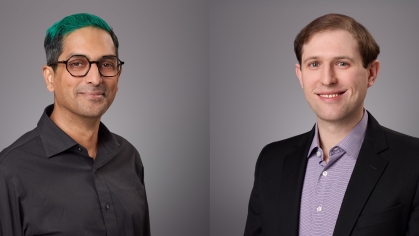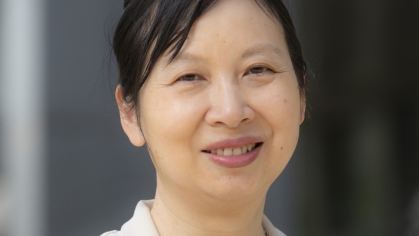
A team from WINLAB has received the Best paper Award at the 2025 IEEE Future Networks World Forum (FNWF) that was held in Bengaluru, India. The paper titled "SAT–Terrestrial Coexistence With Adaptive Beam and Power Control: An SDR-Based Emulation" authored by Sreeram Mandava, Rifat Bin Rashid, Donglin Gao, Vidhitkumar Malaviya, Prasanthi Maddala, Chung-Tse Michael Wu, Ivan Seskar and Narayan Mandayam, was presented at the Symposium on Spectrum Management in Future Networks at the FNWF forum.The paper Abstract is below. Congratulations to the team!
Abstract—With increasing demand for spectrum, the 12 GHz band is ideal for future 5G deployments, due to its abundant bandwidth and favorable propagation characteristics. Despite these benefits, aspiring 5G terrestrial networks pose critical interference and coexistence challenges for incumbent, in-band, and susceptible satellite (SAT) Digital Broadcasting Stations (DVB-S2). This paper leverages directional beam control and power adaptation through a spectrum sharing framework, minimizing interference on terrestrial SAT receivers. Opposing traditionally rigid spectrum sharing regulations, our framework implements an efficient and reproducible Joint Q-Learning algorithm through a Software-Defined Radio (SDR) emulation on the COSMOS testbed. Evaluating this model against realistic 5G transmission parameters and ETSI Rural Macro case study, a notable highlight of our method is demonstrated through the DVB-S2 Receiver Packet Error Rate (PER), restoring up to 98% of the DVB-S2 link’s ideal performance through coordinated Radio Resource Management (RRM). Furthermore, our model sustains a maximum of 48% standalone 5G network capacity in the presence of SAT downlink, showcasing acceptable coexistence despite simultaneous band usage.


